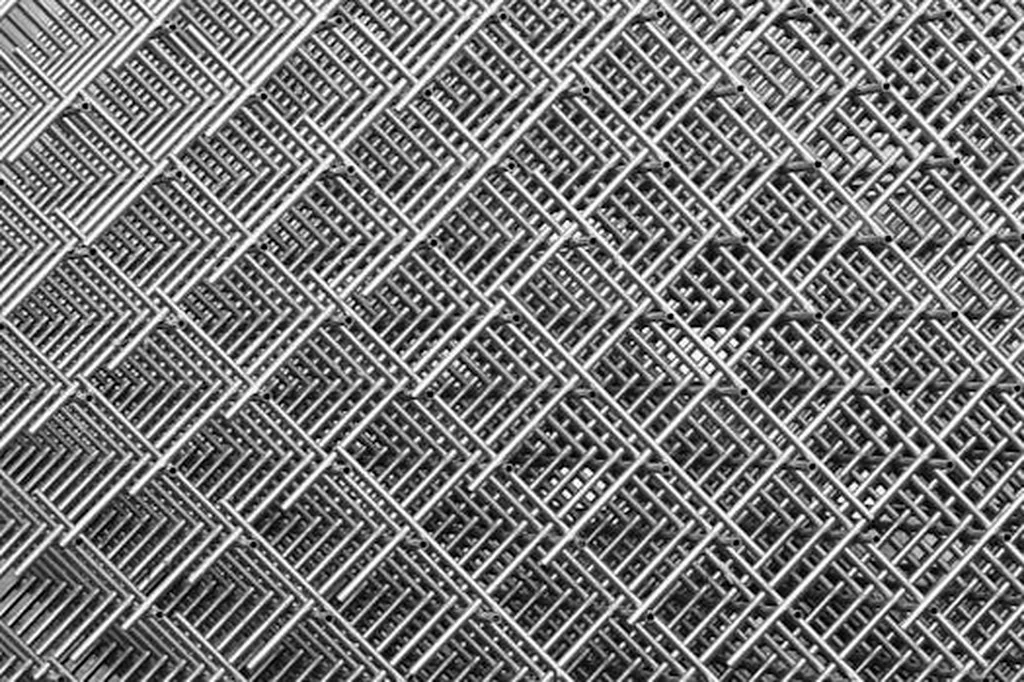In the ever-evolving landscape of image processing, a groundbreaking study led by Priyanka Bhatambarekar from the EXTC Department at Sandip Institute of Technology and Research Centre is set to redefine the boundaries of multimodal image fusion. Published in the *Journal of Electrical Systems and Information Technology* (which translates to *Журнал по Электрическим Системам и Информационным Технологиям* in Russian), this research introduces a novel approach that could revolutionize how we integrate and interpret data from diverse imaging sources.
Image fusion, the process of combining information from multiple images to produce a more comprehensive output, has long been a critical tool in fields ranging from medical imaging to surveillance. However, traditional methods often fall short in capturing the intricate details necessary for accurate analysis. Bhatambarekar’s study addresses this limitation by proposing a TsGAN-based framework, a cutting-edge technique that leverages the power of generative adversarial networks (GANs) to enhance texture preservation and information extraction.
“Our method introduces a unified texture map that captures essential gradient information, ensuring that critical details are retained from the source images,” Bhatambarekar explains. This innovation is particularly significant in applications where texture information is crucial, such as precision agriculture, object detection, and surveillance. By integrating visible and infrared images, the TsGAN framework offers a robust solution that outperforms existing algorithms in both qualitative and quantitative analyses.
The implications of this research extend far beyond the immediate applications. In the energy sector, for instance, the ability to fuse and analyze images from multiple sources can enhance monitoring and maintenance of infrastructure. Imagine drones equipped with infrared and visible light cameras, providing real-time data on solar panel efficiency or wind turbine performance. The TsGAN framework could enable these systems to detect subtle changes and anomalies that might otherwise go unnoticed, leading to more efficient and cost-effective operations.
Moreover, the study’s introduction of a multiple decision map-based strategy for fusion further amplifies its potential. This strategy enhances texture extraction, making it possible to glean more detailed and accurate information from complex datasets. As Bhatambarekar notes, “The empirical evaluations confirm the effectiveness of our approach, highlighting its superiority over existing algorithms.”
The commercial impact of this research is profound. Companies investing in advanced imaging technologies for surveillance, agriculture, or energy management stand to benefit significantly from the enhanced capabilities offered by the TsGAN framework. By improving the quality and comprehensiveness of image data, this technology can drive better decision-making, increase operational efficiency, and reduce costs.
As we look to the future, the TsGAN-based multimodal image fusion technique represents a significant step forward in the field of image processing. Its potential applications are vast, and its impact on various industries could be transformative. With further research and development, this technology could become a cornerstone of advanced imaging systems, shaping the way we interpret and utilize visual data in the years to come.

